New research just published, finds hydropower development to satisfy the growing human demand for energy has become one of the major drivers of habitat loss, fragmentation, and degradation everywhere. The dams create massive reservoirs, which drown out the homes of many creatures, including these apex predators.

The scientists found no less than 164 dams intruding on more than 25 thousand square kilometres of jaguar range in Latin America. Sadly, plans show that number could well triple into the future.

Four hundred and twenty-one dams we’re found to be ruining or damaging almost 14 thousand square kilometres of tiger habitat in Asia.
While only forty-one dams are planned in the territorial range of tigers, they will still infringe on conservation areas considered important for their conservation.

Researchers conclude that, even though the risks such projects pose to both land habitat and freshwater biodiversity are already known, they’re rarely taken into account.
As a result of their findings, just published in the journal “Communications Biology,” they call for “a more cautious pursuit of hydropower in topographically flat regions, to avoid extensive habitat loss and degradation.”
LEAD PHOTO: Balbina Dam flooded 3,129 square kilometers of tropical rainforest in the Brazilian Amazon. This hydroelectric reservoir is located in the core of the distribution of jaguars. Credit: E. M. Venticinque.
Larry Powell
I’m a veteran eco-journalist living in Shoal Lake, Manitoba, Canada. I have a life-long love of wildlife & natural places. After working for radio and TV stations for about 30 years, I've turned to science writing as a freelancer specializing in the Earth Sciences. I’m a member of the Science Writers & Communicators of Canada and the American Association for the Advancement of Science. I’m authorized to receive embargoed material through the Science Media Centre of Canada, the Royal Society, NatureResearch and the World Health Organization. This allows me advance access to important, peer-reviewed research often warning of habitat loss and the threat of extinction facing many wild species, usually thanks to human intrusion and intervention by the hand of man. They then often become "hot-off-the-press" stories which are ready to publish the moment the embargoes are lifted. I publish www.PlanetInPeril.ca (PinP) "Where Science Gets Respect." I own professional photographic gear and am sometimes able to enhance my stories with my own images.
- Web |
- YouTube |
- More Posts(18)
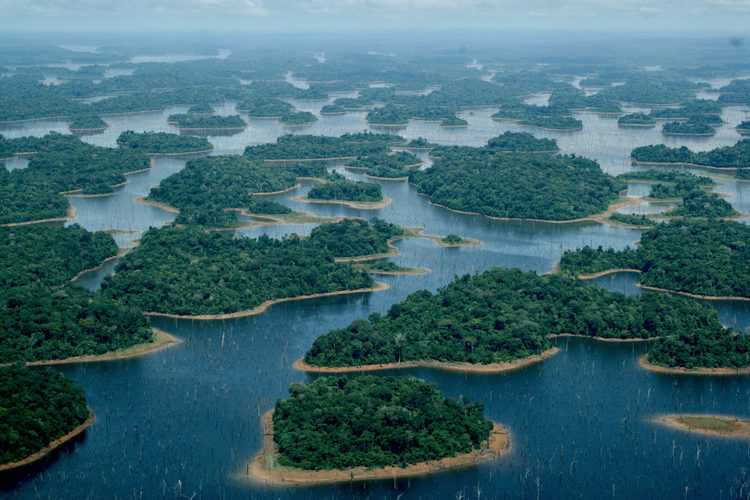

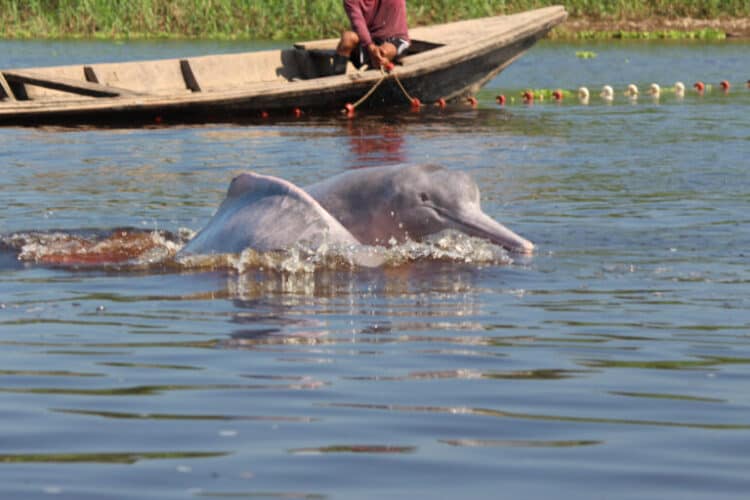
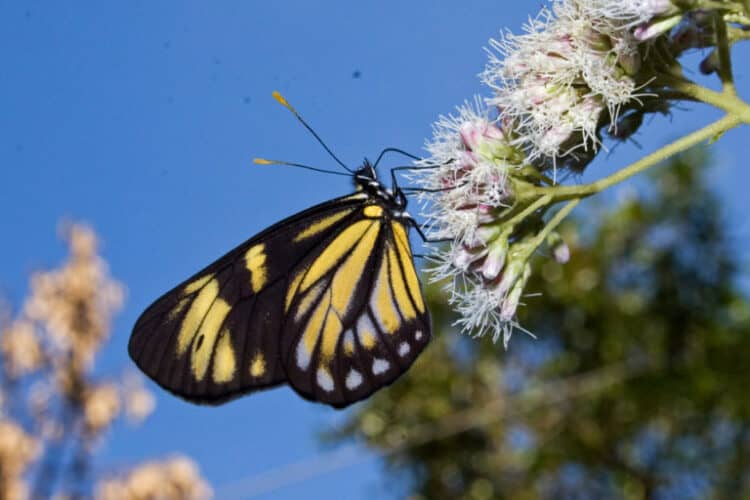
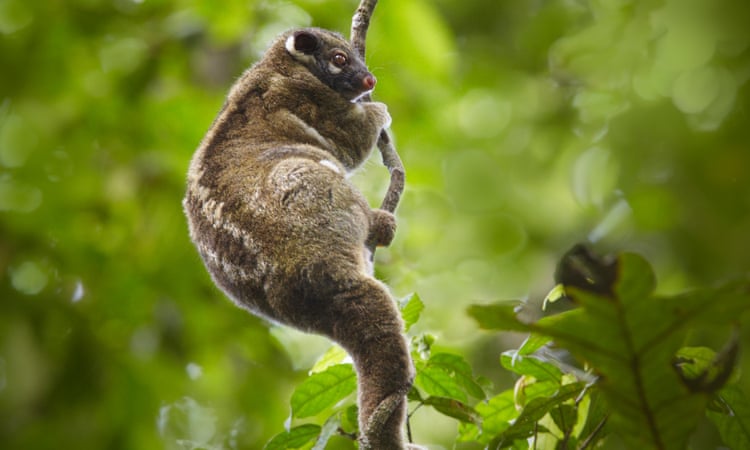

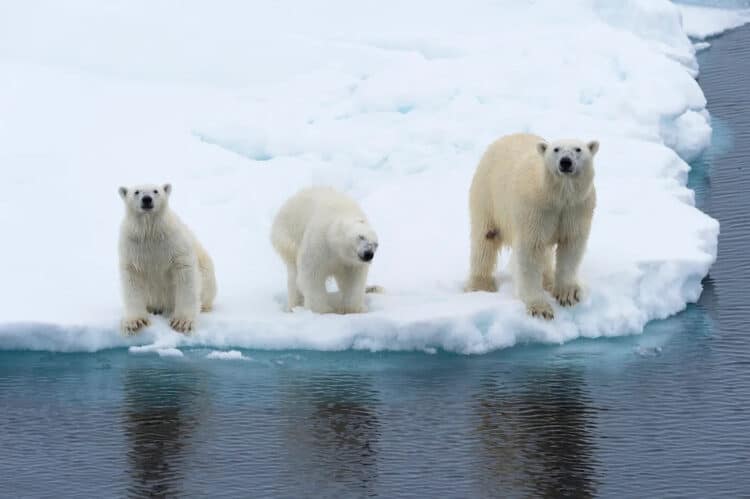
Leave a Reply